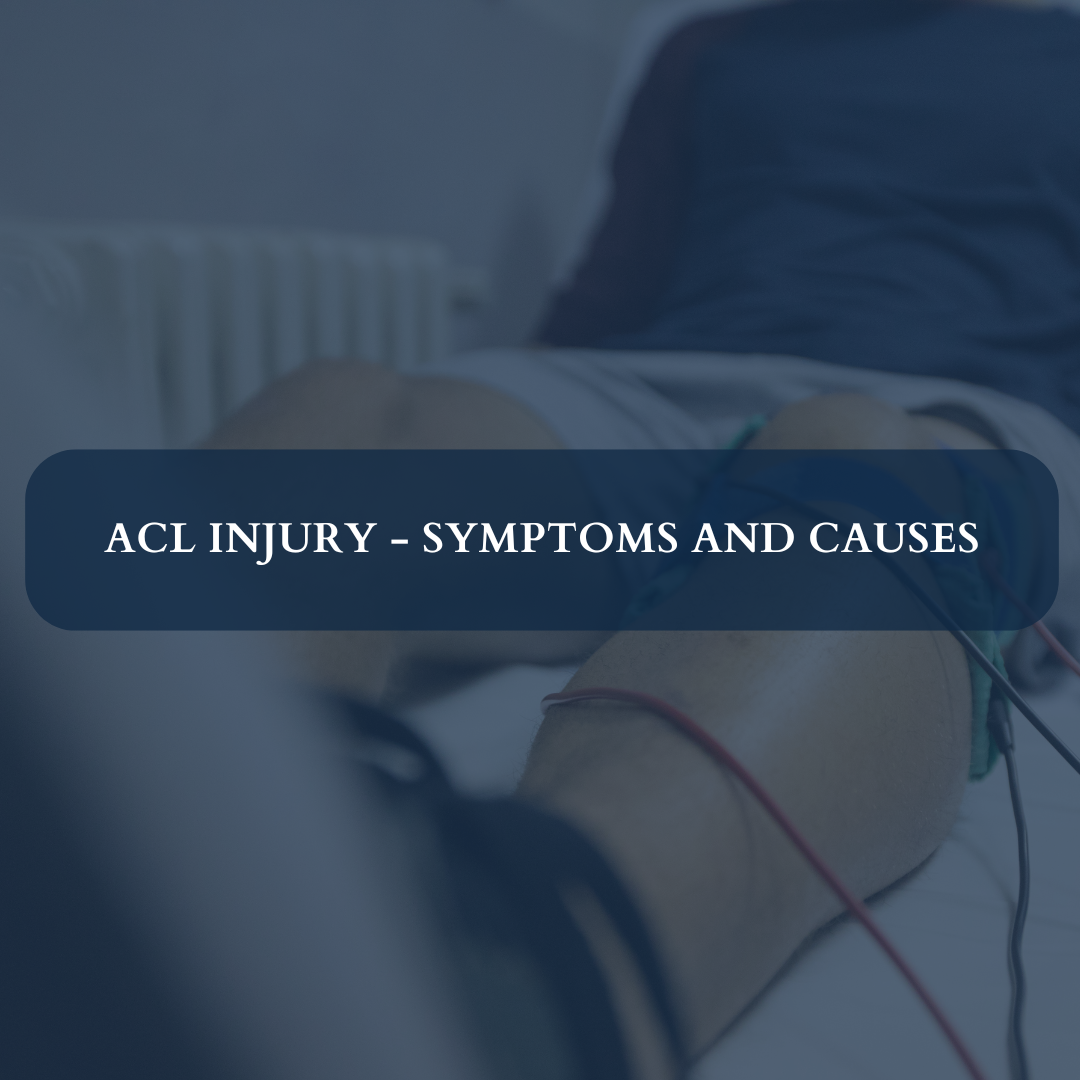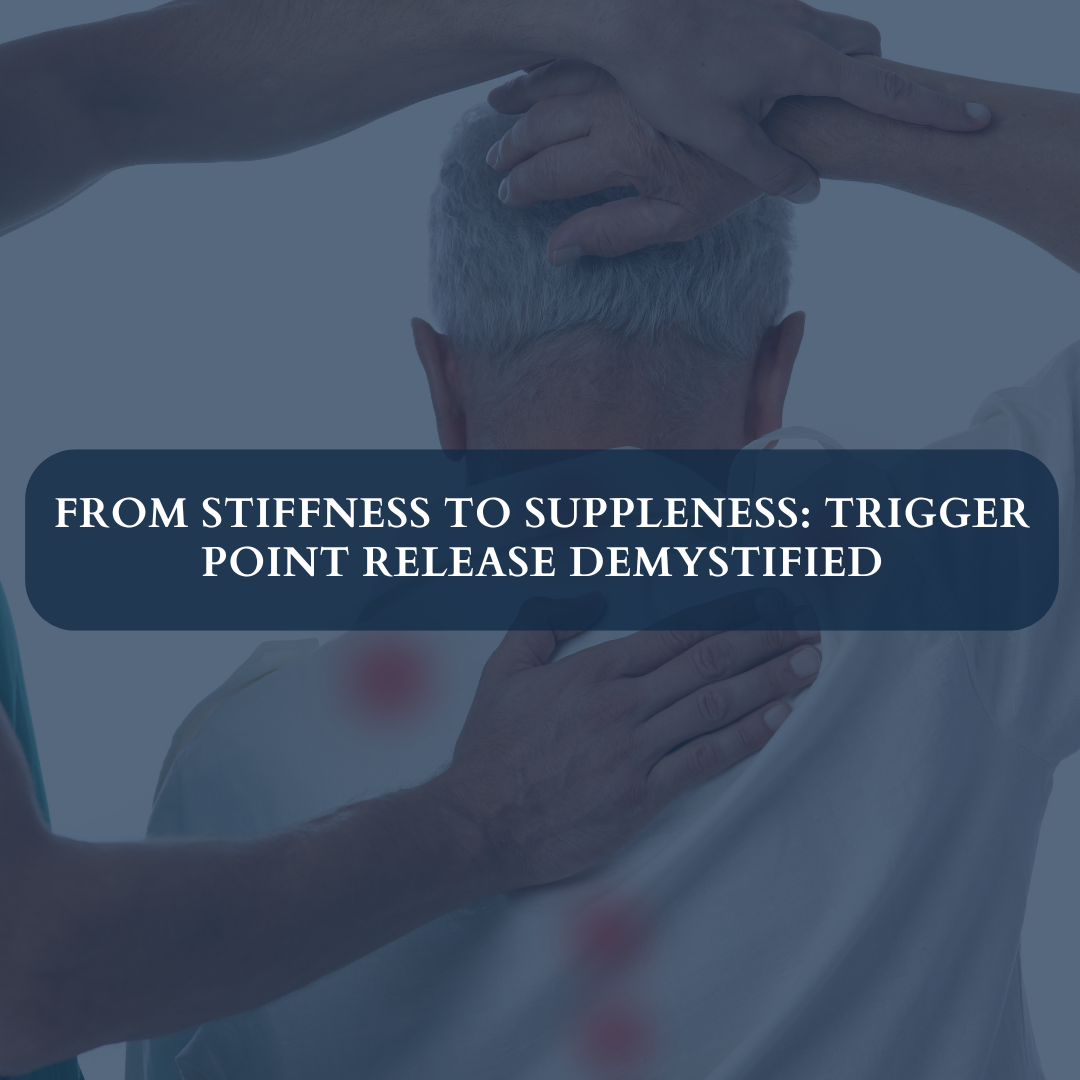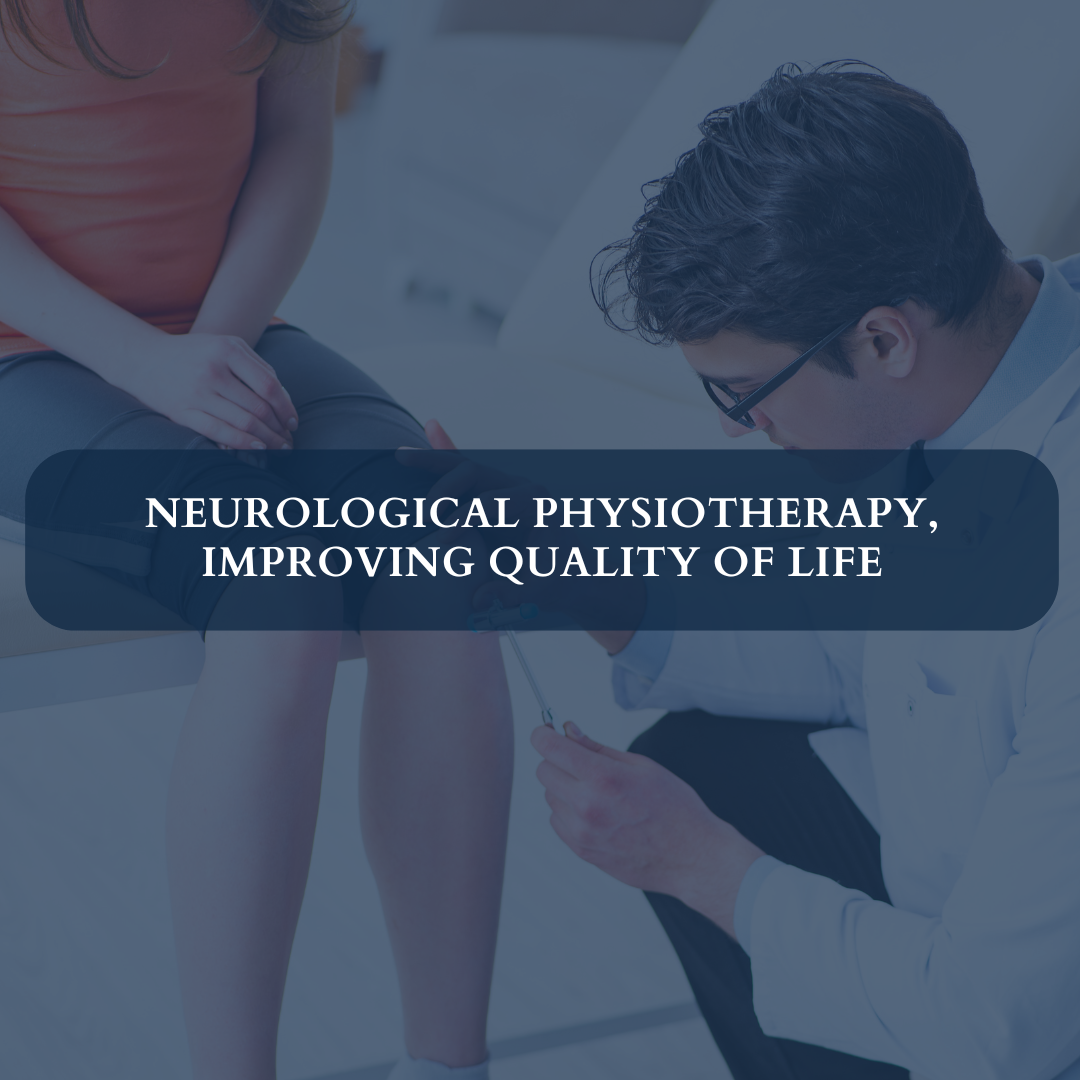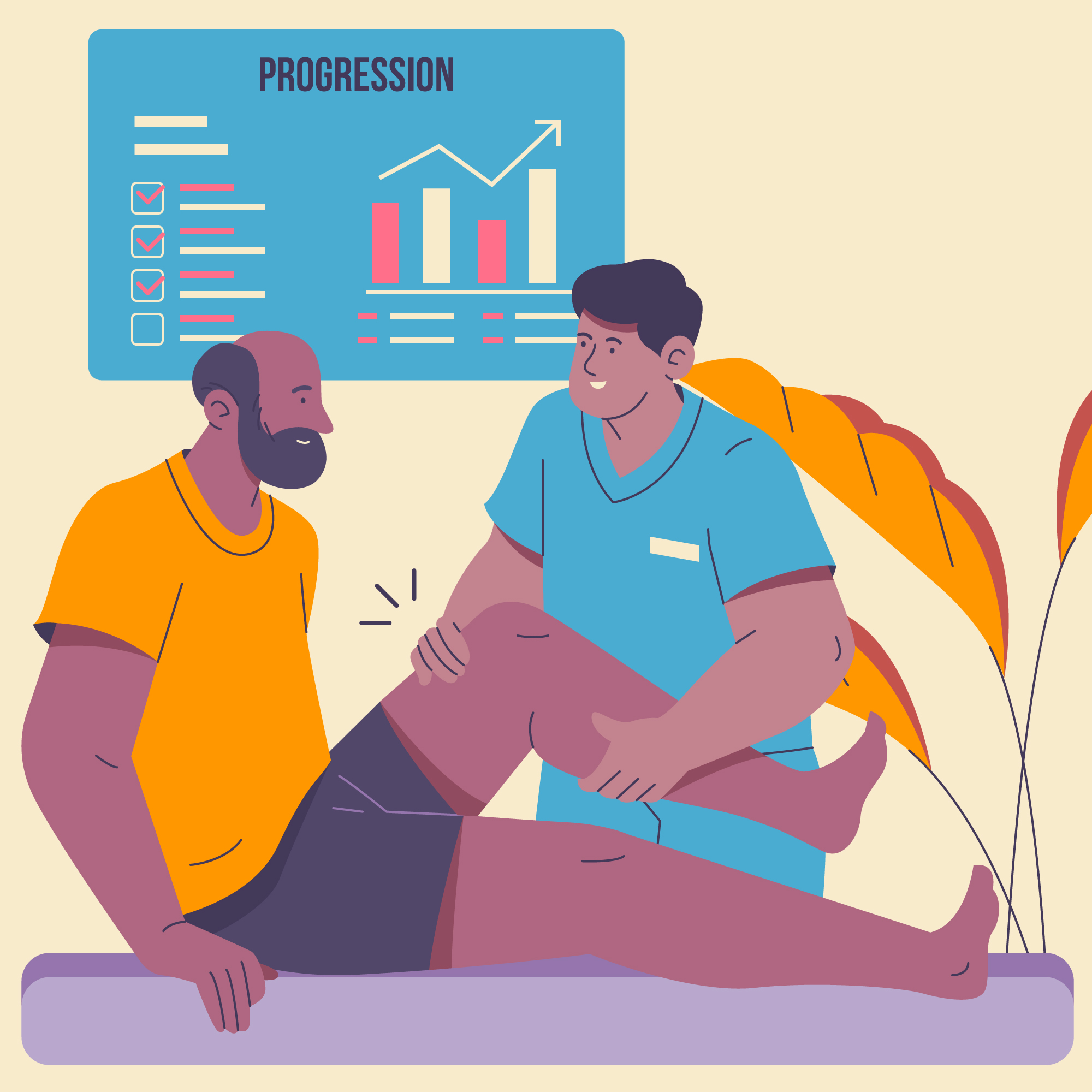In the realm of sports injuries, few are as dreaded and potentially debilitating as an ACL (Anterior Cruciate Ligament) injury. Whether you’re a professional athlete or a recreational sports enthusiast, understanding the intricacies of ACL injuries can help you navigate treatment options effectively. In this comprehensive guide, we’ll delve into the symptoms, causes, risk factors, diagnosis, and treatment options for ACL injuries.
What is an ACL Injury?
The Anterior Cruciate Ligament (ACL) is one of the four major ligaments in the knee joint, responsible for providing stability and support during physical activities. An ACL injury occurs when this ligament is stretched, partially torn, or completely torn, often due to sudden stops, changes in direction, twisting motions, or direct impact to the knee.
Symptoms of ACL Injury
Identifying an ACL injury early is crucial for prompt treatment and optimal recovery. Common symptoms associated with ACL injuries include:
- Popping Sound: Many individuals report hearing a popping or snapping sound at the time of injury, indicative of the ligament tearing.
- Swelling: The knee typically swells rapidly following the injury, due to blood accumulating in the joint space.
- Pain: Pain and tenderness around the knee joint, especially when bearing weight or attempting to move.
- Instability: A sensation of the knee giving way or feeling unstable, making it challenging to bear weight or engage in physical activities requiring knee stability.
Causes and Risk Factors
Several factors can contribute to the risk of sustaining an ACL injury, including:
- Sports Participation: High-intensity sports such as soccer, basketball, football, rugby, skiing, and gymnastics pose a higher risk due to the dynamic and often abrupt movements involved.
- Gender: Research suggests that females are at a higher risk of ACL injury compared to males, possibly due to differences in anatomy, hormonal factors, and neuromuscular control.
- Previous Injury: Individuals who have previously injured their ACL or have a history of knee instability are at an increased risk of re-injury.
- Biomechanical Factors: Poor landing mechanics, inadequate neuromuscular control, muscle weakness, and imbalances can predispose individuals to ACL injuries.
Diagnosis
Diagnosing an ACL injury typically involves a comprehensive evaluation by a healthcare professional, which may include:
- Medical History: Inquiring about the mechanism of injury, symptoms experienced, and previous knee injuries.
- Physical Examination: Assessing the range of motion, stability, and signs of ligamentous injury through various clinical tests, such as the Lachman test and the Pivot Shift test.
- Imaging Studies: Utilizing diagnostic imaging modalities such as MRI (Magnetic Resonance Imaging) to confirm the diagnosis, assess the severity of the injury, and evaluate associated damage to surrounding structures.
Treatment Options
The treatment approach for ACL injuries depends on various factors, including the severity of the injury, the individual’s age, activity level, and overall health. Treatment options may include:
- Conservative Management: For partial ACL tears or individuals with low activity levels, conservative measures such as rest, ice, compression, elevation (RICE protocol), physical therapy, and bracing may be recommended to alleviate symptoms and restore function.
- Surgical Intervention: Complete ACL tears or significant instability may necessitate surgical reconstruction to restore knee stability and function. ACL reconstruction surgery involves replacing the torn ligament with a graft, typically sourced from the patient’s own tissue (autograft) or a donor tissue (allograft).
- Rehabilitation: Regardless of the chosen treatment path, comprehensive rehabilitation is essential for optimizing outcomes and minimizing the risk of re-injury. Physical therapy focuses on strengthening the surrounding musculature, improving range of motion, enhancing neuromuscular control, and facilitating a safe return to sport or daily activities.
Conclusion
An ACL injury can be a life-altering event, affecting individuals of all ages and activity levels. By understanding the symptoms, causes, risk factors, diagnosis, and treatment options associated with ACL injuries, individuals can make informed decisions regarding their healthcare journey. Early recognition, prompt intervention, and diligent rehabilitation are crucial for maximizing recovery and minimizing long-term complications. If you suspect an ACL injury or experience symptoms consistent with knee instability, seek medical evaluation promptly to receive personalized treatment recommendations and optimize your chances of returning to an active and fulfilling lifestyle.
Ready to explore your options for chiropractic and physiotherapy?
Contact SwastyaPhysio today to schedule a consultation and discover the best path to your wellness journey. We’re here to support your health every step of the way.
Banaswadi | HBR layout | Kalyan Nagar | Kammanahalli | Horamavu | Hennur






